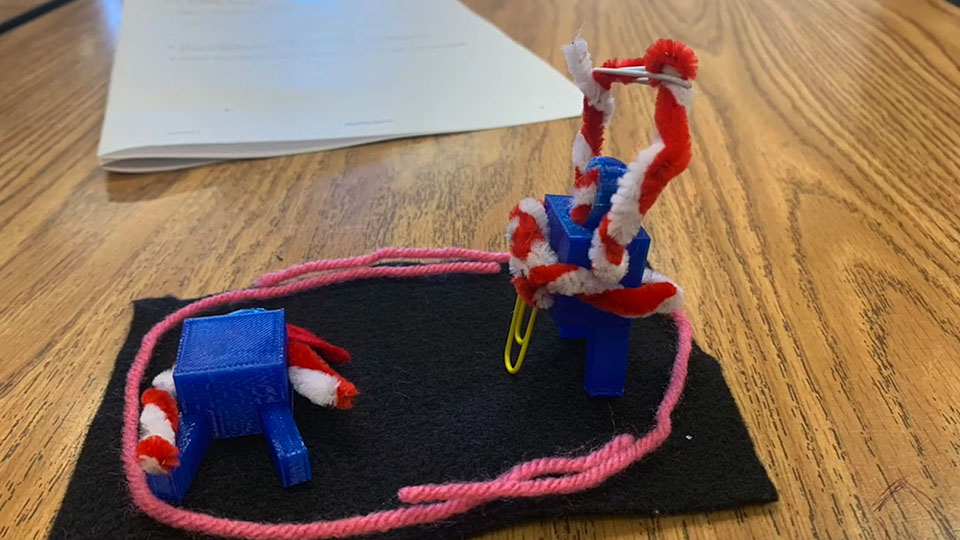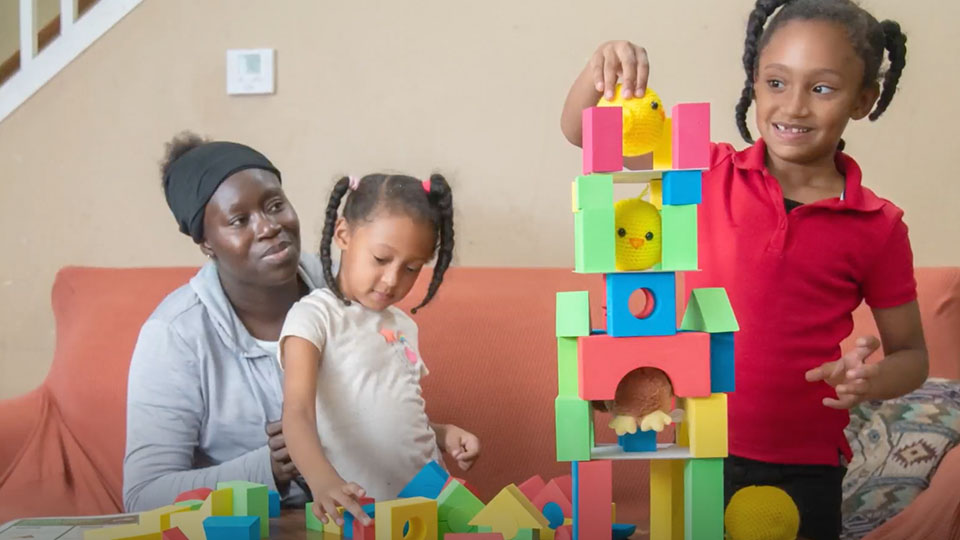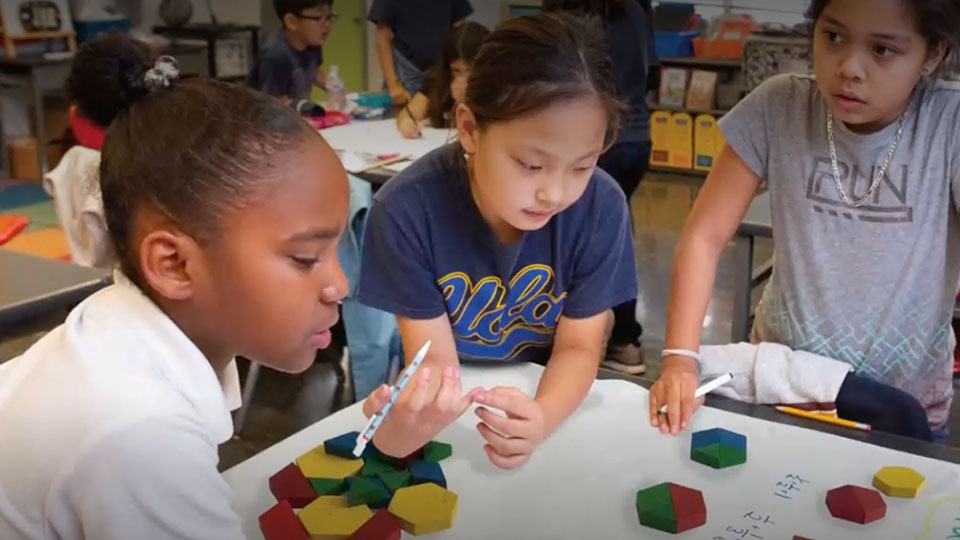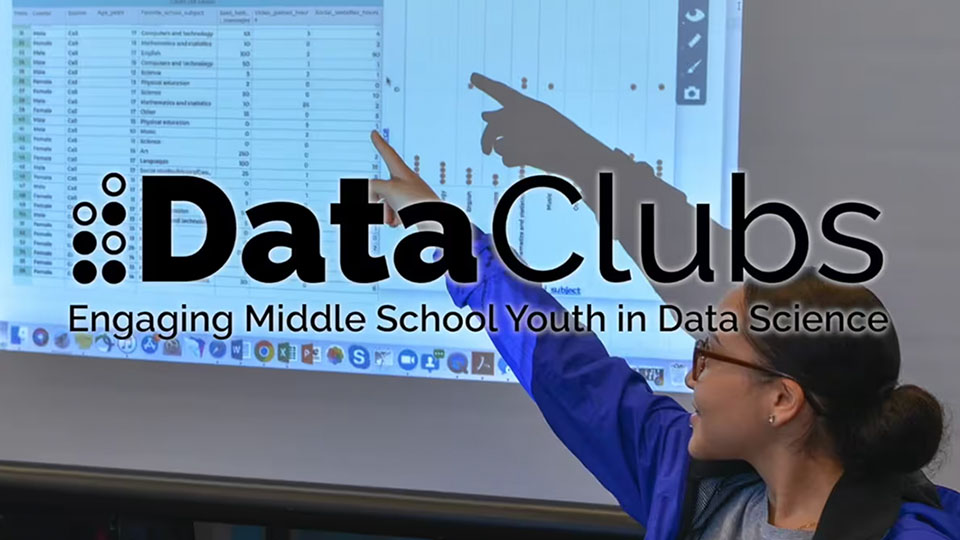A Coaching Program to Support Equitable Classroom Discourse through Mathematical Argumentation (2023)
Description
VisTe provides professional development to teachers of grades 5–8 math. The PD includes summer workshops and 6 cycles of coaching during the school year. On-the-ground coaches and teachers go through cycles of planning, teaching (and videorecording), reflecting, and a debrief based on their individual reflection. Cloud technology enables each to independently make comments tied to timestamps in the video. Visualization Planning is key in VisTe, as the name suggests. Hear PI Teresa Lara-Meloy describe it in our video.
View a longer version of this video (6 mins)
NSF Award: 2000545
Discussion
This discussion took place during the TERC Video Showcase Event Nov. 14-21, 2023. Discussion is now closed.
12 Comments
November 14, 2023 9:23 am
Wow. I can hear how engaging this program is! I’d love to hear more about your use of technology to support reflective processes. I’m also very interested in how your project conceptualizes mathematical argument and the approaches you have developed for using visualization to support mathematical argument in the context of your PD program. And I’d also be really interested in learning more about how a single cycle unfolds for a typical teacher. I know–I am asking a lot of questions–please pick one and share your thoughts!
Last edited 1 year ago by Traci Higgins
November 14, 2023 12:35 pm
Hi Traci – we developed and use a four-part argumentation model: 1) generating cases; 2) conjecturing; 3) justifying; and 4) concluding. Fundamentally, this is what mathematicians do in their exploration of mathematics. By moving through the phases, teachers and students can really develop mathematical truths together (instead of simply accepting and trying to memorize them).
November 14, 2023 3:14 pm
I look forward to hearing about the work as it unfolds. We (Susan Jo, Deborah Schifter, and myself) recently published a paper on conjecturing in the elementary grades from our earlier work on the Routines project. If at any point you’d like someone outside your team to read through a paper in progress, don’t hesitate to reach out. I’m sure I’d find it very interesting!
November 14, 2023 12:40 pm
We use a four phase modeling cycle: 1) visualization planning; 2) recording; 3) reflecting individually; and 4) reflecting together. 1) The visualization piece is key for a teacher with their coach in imagining in advance the moves that they and the students will make in the classroom for a particular lesson so that they are more prepared and comfortable with the ever-changing mathematical discussions. 2) The visualization planning session is followed by the teacher implementing and recording the lesson in their classroom. 3) Then the coach and teacher watch and reflect separately on a portion of the video with a particular set of teaching moves or strategies. 4) Finally, the coach and teacher reflect together in a discussion to think through the successes and what the teacher might want to do differently the next time.
November 14, 2023 9:46 am
This sounds like a great program! I’d also love to hear more about the coaching cycles – what they entail, and what you think has made them most impactful.
November 14, 2023 3:50 pm
Hi Debra – We use a four-phase coaching cycle: 1) visualization planning; 2) recording; 3) reflecting individually; and 4) reflecting together. I’m not sure about what is “most impactful”, but there are a few things that have been really great to see: A) teachers de-centering themselves in their classrooms and moving student thinking and discussion closer to the center – seeing themselves in their recorded classroom lessons and reflecting upon what the discussions have looked like there has helped; and B) similarly, seeing coaches shift from providing answers to teachers on questions of practice to partnering with teachers in investigating and developing new practices.
November 15, 2023 12:15 pm
Thanks for sharing, Ken. It sounds like the classroom video has been central to the coaching sessions, and that you’ve also seen noteworthy growth in the coaches as well as the teachers. Sounds like a great intervention for all parties.
November 14, 2023 3:26 pm
Welcome, everyone! I am Ken Rafanan, one of the developers of the Visualize Teaching professional development program. We have worked with a great group of upper elementary and middle school teachers and coaches in four different states through multiple research projects investigating the use and professional development for mathematical argumentation in the classroom.
November 15, 2023 7:59 am
So glad you are all stopping by to watch our video. I’ll just add that we use two resources as the foundation for our PD.. one is our own book, Math Argumentation in Middle School, which presents a four-part model that teachers and students can use to dive into argumentation, with Access for All strategies. The other is a great resource for teaching strategies to support marginalized learners—Choosing to See by Brown and Seda.
November 17, 2023 5:13 pm
Thanks for sharing this great video, Ken, Teresa, and Jennifer. It’s cool to see how the approach touches all levels of the school, from kids to teachers, coaches, and administrators. I know your team has also recently been working on projects integrating mathematics with making experiences. I’m curious, how do you think math argumentation looks different in the context of a making activity, where the goals of the experience can be quite different? This is something that Andee Rubin and I thought a lot about in the Math in the Making project—not specific to argumentation, but more broadly about the relationship between math goals and making goals.
November 19, 2023 5:58 pm
That’s a really interesting question, Scott. One key aspect of making that can transform the mathematics is the very tangible/visible consequence of the mathematical design decisions that the learner makes. To use an example from on of our fourth-grade MPACT activities (“Make a Stamp”), if the learner creates a 3D model where the design is not left-right symmetrical and does not reverse the design, their stamp will be printed in such a way that the stamped image is reversed. The consequence of symmetry and geometric reflection is much more readily apparent – it will be right there on their stamped page. The classroom community can then develop conjectures such as, “All images on the design should be reflected so that the stamped image looks ‘correct’.” Then they can consider revised conjectures such as , “All non-symmetrical images should be reflected…”
November 19, 2023 5:57 pm
Be sure to watch the longer video for even more testimonials from our participating teachers.
Last edited 1 year ago by Ken Rafanan
Presenters
Lead Presenter
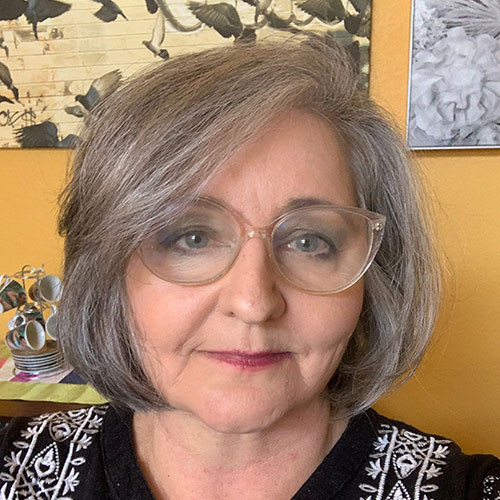
Jennifer Knudsen
TERC
TERC
Co-Presenters
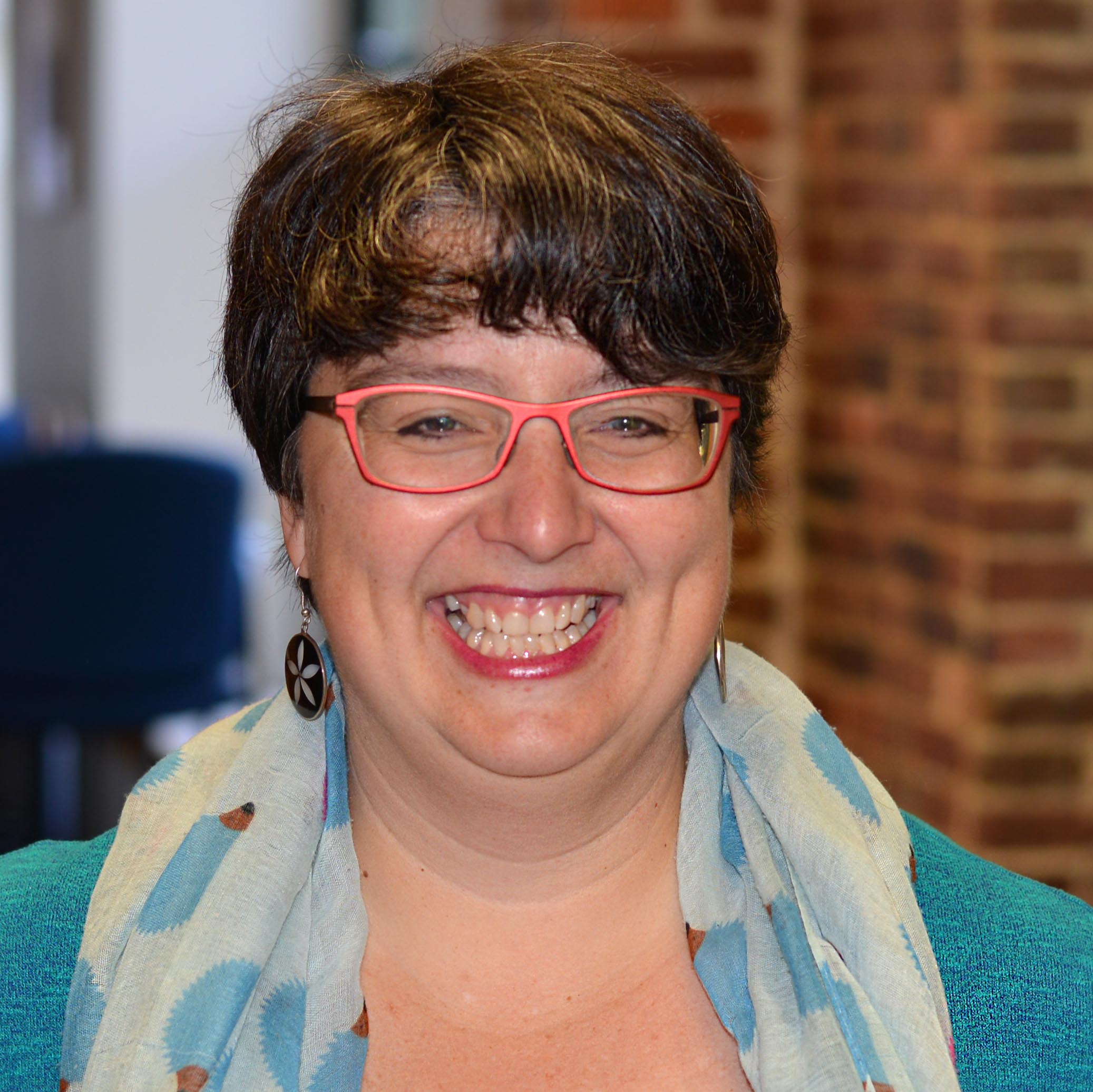
Teresa Lara-Meloy
TERC
TERC

Ken Rafanan
TERC
TERC

